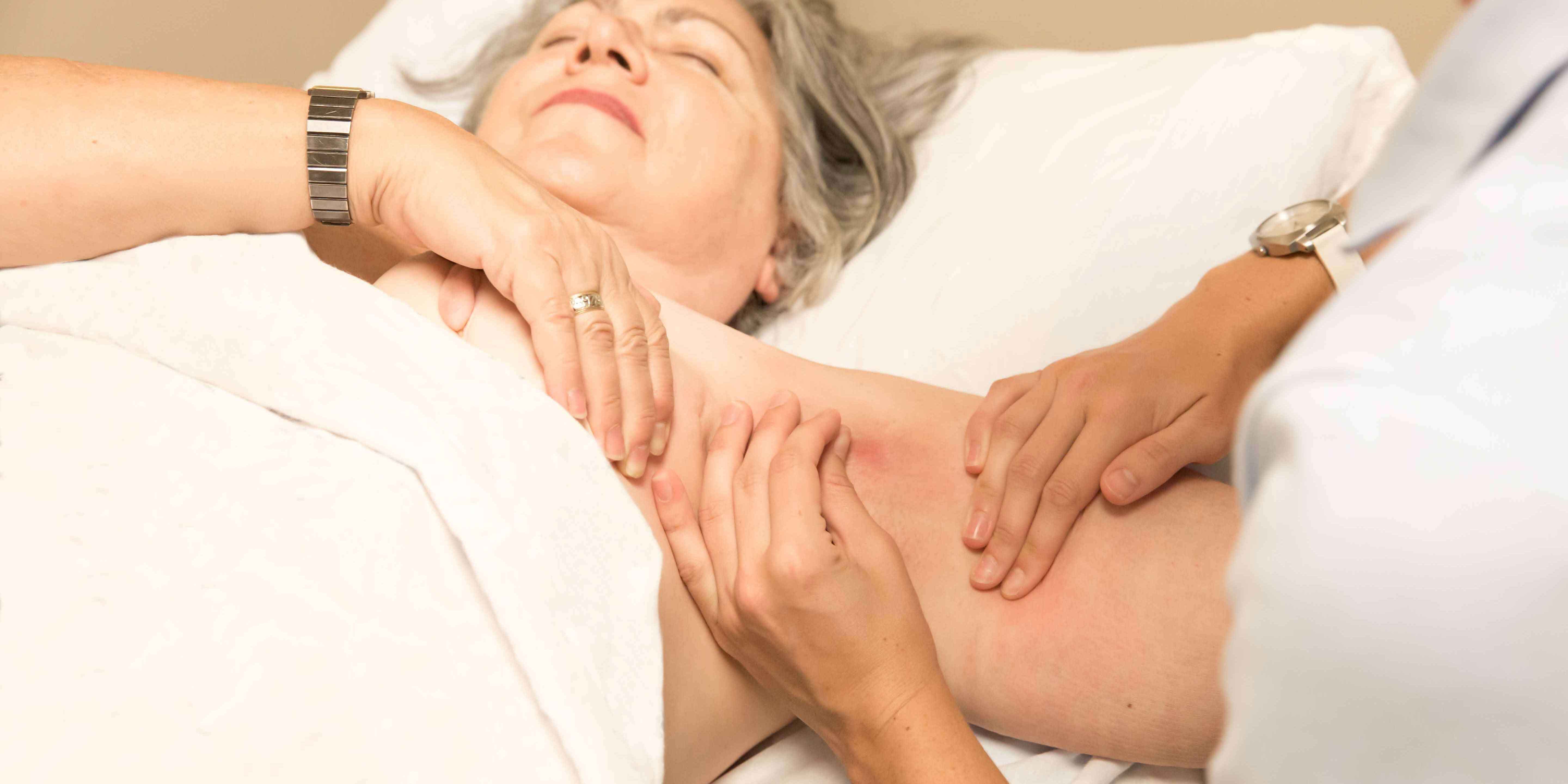When healthcare professionals treat patients afflicted with lymphedema, some believe not much can be done to provide relief from swollen limbs and pain.
But much can be done to redirect lymph that’s collecting in the wrong place and send it back to the lymphatic system where it belongs, said Denise Richlen, PT, WCC, DWC, CLT, director of program development and area manager in Southwest Indiana for Paragon Rehabilitation in Louisville, Ky.
Millions of patients in the U.S. suffer with lymphedema, Richlen said.
“It’s estimated that over 1 to 2 million Americans have primary lymphedema, and another 2 to 3 million are stricken with secondary lymphedema,” she said.
With numbers like these, clinicians of all specialties — especially those working in wound care — will likely encounter patients with lymphedema.
What is lymph and lymphedema?
In ancient times, Hippocrates discussed the lymphatic system, Richlen said.
“Then in the 1600s and beyond, science began to take notice of different vessels in the body that carried white fluid, also called white blood at the time,” she said.
We now know the human lymphatic system is an integral part of the immune system and consists of white protein-rich clear to white fluid known as lymph that consists of:
- White blood cells
- Lymph vessels
- Lymph nodes
- Lymph organs such as the appendix, spleen, tonsils and thymus
- Bone marrow
- Peyer’s Patches in the small intestines
The lymphatic system’s function is to help our bodies fight infections and clear out foreign and disease-causing substances.
Who provides treatment to address lymphedema?
Clinicians from a variety of specialties provide lymphedema therapy.
However, a majority of the clinicians who provide this care are physical therapists, Richlen said.
“Not all clinicians who provide this care are certified,” she said. “However, if you’re interested in becoming certified, you’ll need to take a course that consists of a minimum of 135 hours of instruction and clinical training from a qualified school. The certification is known as Certified Lymphedema Therapist (CLT) and the test is administered by the Lymphology Association of North America (LANA).”
Lymphedema therapy can be performed in any patient care environment but is more commonly performed in long-term care and in-home care, Richlen said.
What are common treatments?
“The common term of lymphedema massage is somewhat of a misnomer, as the overall umbrella term for treatment is called complete decongestive therapy which is made up of several parts, one of which is manual lymphatic drainage,” Richlen said.
With manual lymphatic drainage therapy, you’re actually activating the lymphatic system to move the lymphatic fluid, she said.
“Many people think you massage the fluid, when in fact, you’re encouraging the lymphatic system to drain the fluid by stretching the lymph receptors,” Richlen said. “Most people, even clinicians, think of the massage as deep massage as you would when massaging deep muscles. With manual lymphatic drainage it’s the complete opposite — it requires a light, faint touch to stretch and activate the lymph receptors.”
There are four different types of massage strokes that are used when providing manual lymphatic drainage, Richlen said.
“The strokes used involve a specific pattern, and the one you choose to use depends on the area you’re treating,” she said.
The second part of complete decongestive therapy is compression which helps prevent lymph from building up, Richlen said.
Also, if the venous system is compromised, we can send blood back to the venous system. This is a different pathway from the lymph and lymphatic drainage.
Compression is done by layering the affected limb with bandages. The goal is to compress the entire limb with equal pressure throughout.
Other forms of compression can involve the use of pneumatic (pump) compression or compression garments that fit over the affected area, depending on the area of the body involved and the etiologies for each patient, Richlen said.
Specific exercises may also be taught to patients, as needed, that can help promote lymphatic drainage to their affected area.
What causes lymphedema?
There is primary and secondary lymphedema, Richlen said.
- Primary is a genetically inherited cause of lymphedema due to a problem with the lymphatic system present at birth.
- Secondary lymphedema can be a result of infections, cancer, cancer surgery, radiation and many types of surgeries, such as hip and knee replacements, and even plastic and reconstructive surgeries.
Lymphedema from a mastectomy is a common cause of secondary lymphedema in the U.S., from axillary lymph nodes being removed during surgery, Richlen said.
Is lymphedema related to the development of wounds?
Yes. If lymphedema is present and not treated, the skin can dry, crack and weep, making the patient more susceptible to the development of wounds, Richlen said.
“Also, if there is already a wound present and an underlying lymphedema that is not being treated correctly or not being treated at all, the wound or wounds will have difficulty healing,” she said.
Richlen shared there is a general lack of knowledge in the U.S. healthcare system about diagnosing and treating lymphedema.
More awareness on the part of clinicians is essential to help alleviate the inflammation, pain and complications these patients endure, Richlen said.
Take our webinar “Venous Wound Care: Compression is not enough” and earn 1 credit hour.
What do you think?

